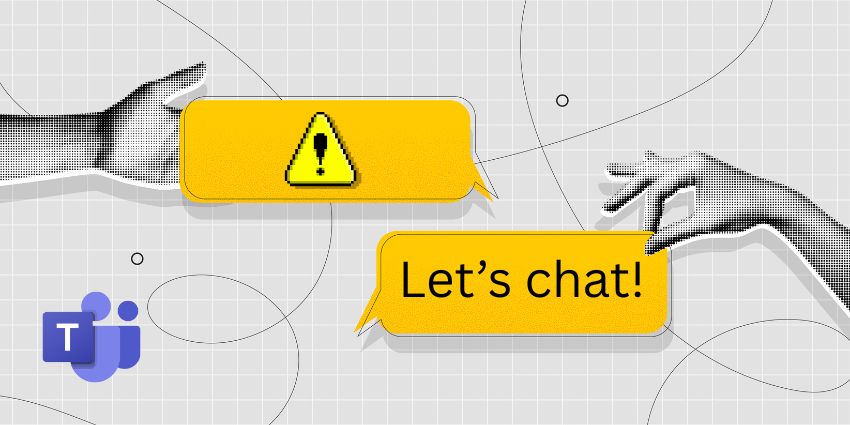Microsoft is accelerating its shift toward an AI-native operating system. The company presents this evolution as both logical and inevitable, yet enterprise sentiment remains markedly more restrained. AI works, that much is clear, but whether its deployment aligns with the realities of execution, timing, and trust inside large organizations is a different question.
That tension sharpened after Microsoft Head of AI Mustafa Suleyman responded to criticism on X, writing:
“Jeez there so many cynics! It cracks me up when I hear people call AI underwhelming. I grew up playing Snake on a Nokia phone! The fact that people are unimpressed that we can have a fluent conversation with a super smart AI that can generate any image/video is mindblowing to me.”
The remark was intended as a perspective. Instead, it underscored a widening disconnect between Microsoft’s confidence and the operational concerns of CIOs, who are accountable not for hype cycles but for stability, governance, and risk.
Jeez there so many cynics! It cracks me up when I hear people call AI underwhelming. I grew up playing Snake on a Nokia phone! The fact that people are unimpressed that we can have a fluent conversation with a super smart AI that can generate any image/video is mindblowing to me.
— Mustafa Suleyman (@mustafasuleyman) November 19, 2025
Execution Risk Is Overshadowing Innovation
AI is not the issue. Reliability is.
As one Reddit user responding to Suleyman’s comments in the Microsoft subreddit suggested:
“The disconnect between what AI can do and what AI is useful for is similar in distance between the Earth and the sun. With management on one side and those being ‘encouraged’ to use it on the other. Even when you feed it something it is useful for you have to watch it like a god damn hawk that it doesn’t go completely off the rails.”
The current discomfort stems less from scepticism about AI’s potential and more from Microsoft’s arguably uneven delivery across Windows 11. Enterprise teams continue to report instability in basic system functions, ranging from sluggish search performance to inconsistent menus and recurring UI glitches, which creates the perception that the platform is still struggling with its fundamentals.
For organizations operating in distributed environments and mission-critical workloads, these are not cosmetic frustrations. They translate into deployment hesitation, increased support overhead, and the risk of business disruption at scale.
Forced Adoption Is Eroding Customer Confidence
There is also the issue of forced adoption, which Microsoft risks mistaking for inevitability. Customers are not necessarily asking for more AI to be integrated across its portfolio of products.
Within that framework, tech buyers are not rejecting AI itself, but rather the perception of dwindling choice. Recent flashpoints, from AI-first features arriving before value is demonstrated, to a Copilot demo quietly withdrawn after failing a basic task, to the Recall backlash that reignited concerns over OS-level data exposure, have reinforced a sense that innovation is outpacing readiness.
For CIOs and CISOs, the issue is now that sequencing must occur in a way that progress does not come at the expense of predictability.
The Microsoft AI Strategic Implications for 2026
Arguably, three pressures are beginning to shape business decision-making. Trust has become a performance metric in its own right. Adoption depends not on capability but on confidence, and AI that introduces uncertainty will slow rollouts rather than accelerate them.
At the same time, AI is becoming a core dependency across Microsoft’s stack. Satya Nadella recently noted that “30 percent of Microsoft’s code was now written by AI,” signaling a structural shift that organizations can no longer treat as optional or peripheral.
The third pressure is organizational rather than technical. Change management must lead. Deploying AI before workflows, support models, and governance are aligned increases friction rather than reducing it, turning transformation into turbulence.
Enterprises are beginning to evaluate Microsoft’s AI roadmap not as a collection of features, but as a strategic dependency with multi-year operational implications.
The Enterprise Use-Case Gap
Most of the AI features embedded in Windows 11 today remain consumer-leaning, creative in emphasis, and lightweight rather than operationally critical. For highly regulated, security-sensitive, or uptime-dependent sectors, this gap is directly material to procurement and rollout decisions, rather than abstract.
Tech buyers are now inquiring about where repeatable, high-value workflows will emerge, how Microsoft intends to secure OS-level AI access at scale, and what safeguards will be in place if AI behaves unpredictably. Until those questions receive credible answers, adoption will remain a deliberate process. Not resistant, but measured.
Something to Consider
Innovation can scale quickly, but trust rarely does. Microsoft’s ambition is not misplaced, but its rhythm may be. If the future of work is defined by AI embedded at the operating-system layer, businesses will require more than inspiration. They will require reliability, transparency, and meaningful choice.
Because the breakthrough that matters next will be AI that organizations are ready and willing to depend on.







